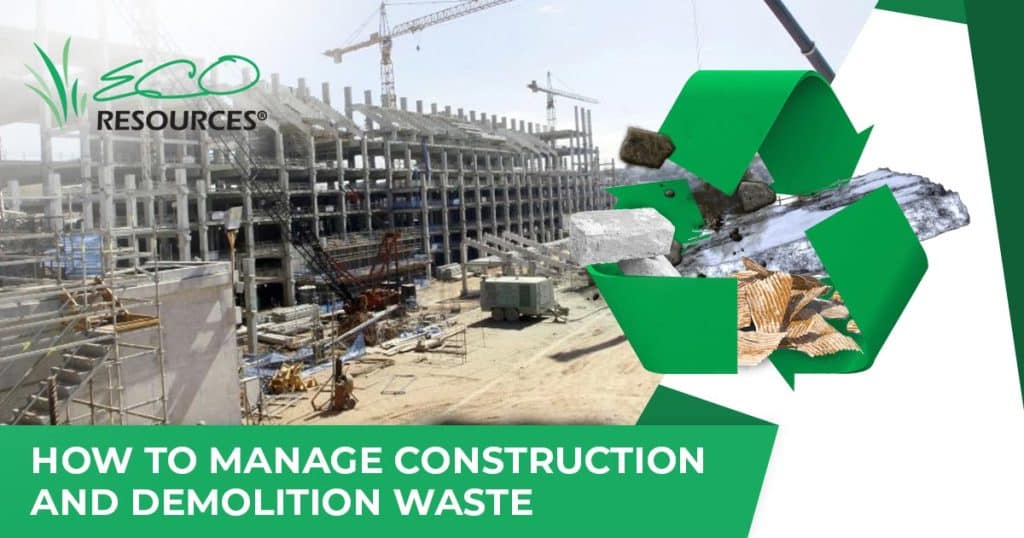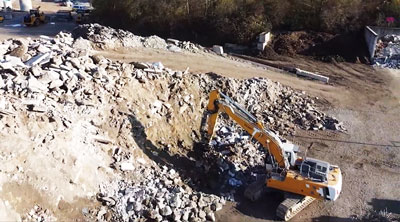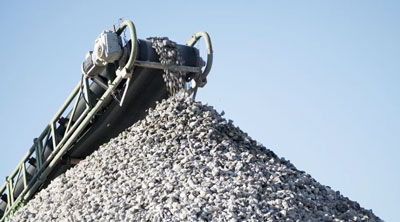

Construction and demolition (C&D) waste is waste generated from construction activities such as excavating, demolition, and construction of buildings. It also results from land clearing activities such as the construction of roads, bridges, and tunnels. With the large amount of C&D waste that is generated, there are some methods to manage them.
Construction and demolition waste examples include:
Proper waste management is essential to preventing pollution and maximising the recyclability of these materials. The majority of C&D waste is composed of construction debris, with a smaller percentage consisting of demolitions.
A total of 19.0 million tonnes of C&D waste was generated in Australia from 2008-09. Of this total waste stream, 8.5 million tonnes were disposed to landfill. While 10.5 million tonnes, or 55%, were recovered and recycled.
The recycling of construction and demolition waste helps to conserve natural resources and reduces the need for virgin materials. Recycling also reduces the amount of waste disposed of in landfills. Which can help to reduce environmental impacts such as greenhouse gas emissions.
We can manage construction and demolition waste by reducing, reusing, and recycling them. You can avoid disposing of C&D materials with these three methods.
Reducing the usage of construction materials should be the priority in C&D waste management. By reducing material use, you can also reduce energy use and the generated waste from production. Because producing new materials means generating more waste.
With the nonstop demand in the construction industry, it may be difficult to accomplish that. But it is very possible.
For example, rather than constructing new buildings, we can preserve the existing ones. Or we can construct a new building that stands for a really long time. There are also construction methods that underline reassembling building parts so that existing materials can be reused.
Construction and demolition debris can be reused as building materials. Salvaging construction waste and using it as materials can bring several benefits like:
Many C&D debris can be recycled into new building materials.
There are recycling companies that provide recycled C&D materials.


Construction and demolition (C&D) waste management is the process of handling, recycling, and disposal of waste material generated during construction and demolition activities. Proper C&D waste management is important for several reasons:
By properly managing C&D waste, we can help to keep our planet clean and our communities safe.
Hiring a large skip bin or hook lift bin is the best way to dispose of demolition waste. It’s painless and it can keep the demolition debris held until collection time.
Another option for C&D waste disposal is to take advantage of the construction and demolition recycling services offered by Eco Resources. Based in Perth, we are committed to sustainable waste management practices and regularly reuse or recycle over 80 per cent of the C&D waste we collect.
In addition, we offer a range of options for disposing of construction and demolition waste, including:
For more information about our services, contact us today.

Kristy Sumich is the owner and director of Eco Resources, a prominent waste management and recycling service in Western Australia. With deep industry knowledge and hands-on operational experience, Kristy is dedicated to providing sustainable solutions in waste management.
All rights reserved © Eco Resources. Website by Selling Online Made Simple. Sitemap.